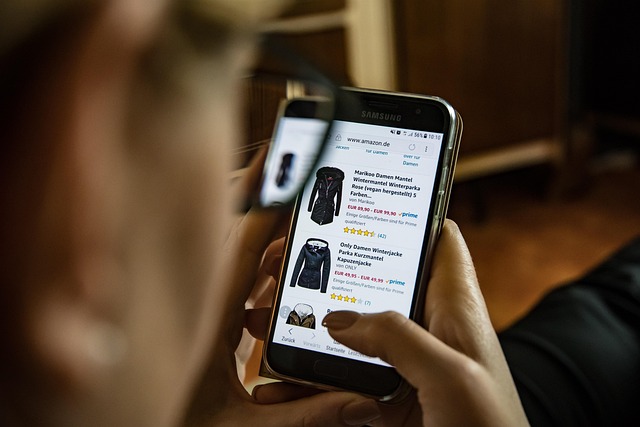The Subtle Power of Social Mimicry in Today's Society
Introduction: Get ready to delve into the intriguing world of social mimicry—a subtle yet potent phenomenon reshaping our interactions and collective psyche in the 21st century. Read below to uncover the historical roots, current applications, and future implications of this fascinating behavioral trend.

The Genesis of Social Mimicry: A Sociological Retrospective
In the annals of human evolution, mimicry has been a key survival tool, fostering social cohesion and rapport among early human tribes. This behavioral adaptation helped individuals align with the group’s norms, thereby minimizing conflict and maximizing group productivity. Over the centuries, social mimicry evolved from a survival mechanism into a social bonding tool, subtly influencing our everyday interactions and relationships.
Social Mimicry in the Modern Age: A Cultural Paradigm Shift
In today’s hyperconnected and multicultural world, social mimicry has taken on new dimensions. It extends beyond mere physical mimicry, encompassing linguistic, emotional, and digital mimicry. We see it manifesting in the widespread adoption of global trends, the emulation of celebrity lifestyles, and the synchronization of online behaviors. This shift reflects our collective striving for social acceptance and belonging in an increasingly globalized society.
The Power of Mimicry: Shaping Interactions and Identities
Social mimicry’s impact is far from superficial. Research suggests that it strengthens social bonds, fosters trust, and facilitates empathy. By mirroring those around us, we unconsciously validate their feelings, perspectives, and identities, thus fostering mutual understanding and respect. At the same time, it can also contribute to the formation of our personal identities, as we often incorporate elements of the behaviors and attitudes we mimic into our self-concept.
The Double-Edged Sword: Balancing Mimicry and Authenticity
Despite its benefits, social mimicry can also pose challenges to individual authenticity. The pressure to conform can lead to the suppression of unique traits and perspectives, potentially stifling diversity and creativity. Striking a balance between social mimicry, which promotes cohesion, and authenticity, which fosters individuality, is a crucial task facing modern societies.
Looking Ahead: The Future Trajectory of Social Mimicry
As we progress further into the 21st century, social mimicry will likely continue to evolve and adapt to the changing social and technological landscapes. As virtual reality, artificial intelligence, and other advancements redefine human interaction, they will undoubtedly influence how we mirror and align with each other. Keeping a critical eye on these developments will ensure we harness the benefits of social mimicry while mitigating its potential pitfalls.
In conclusion, social mimicry, a subtle yet potent force, permeates our everyday interactions and shapes our collective psyche. By understanding its historical roots, current applications, and future implications, we can harness its power to foster a more empathetic and cohesive society.




